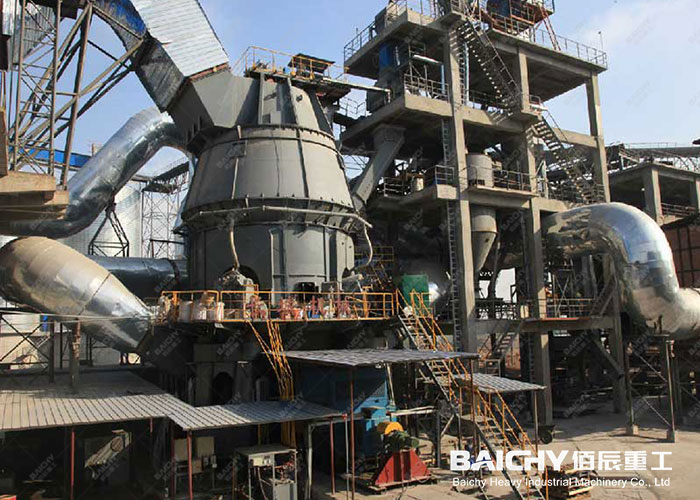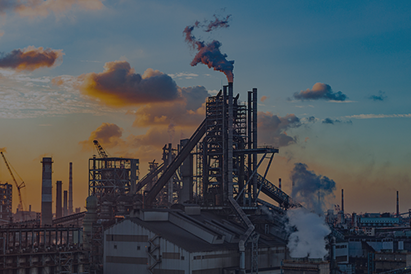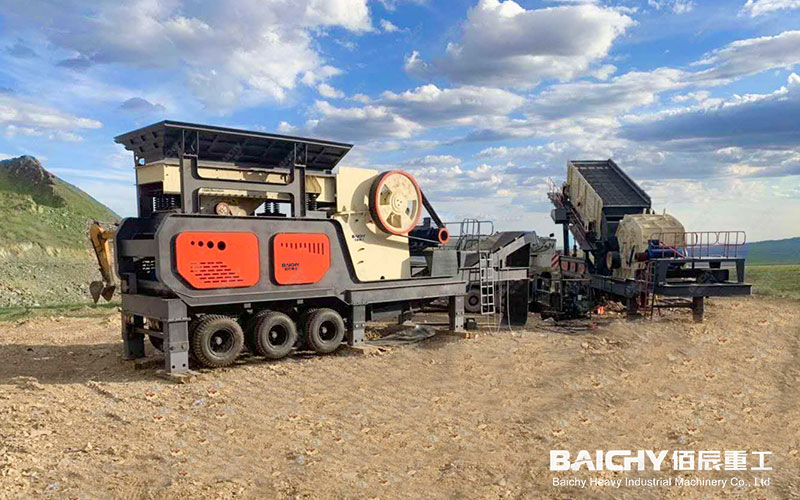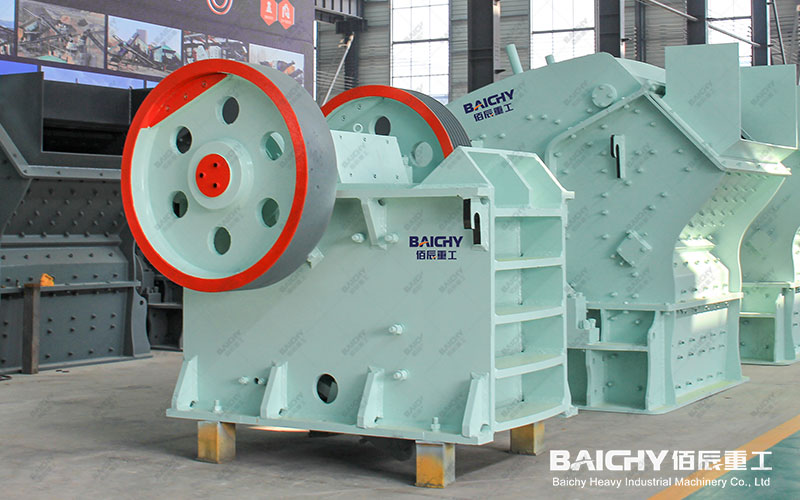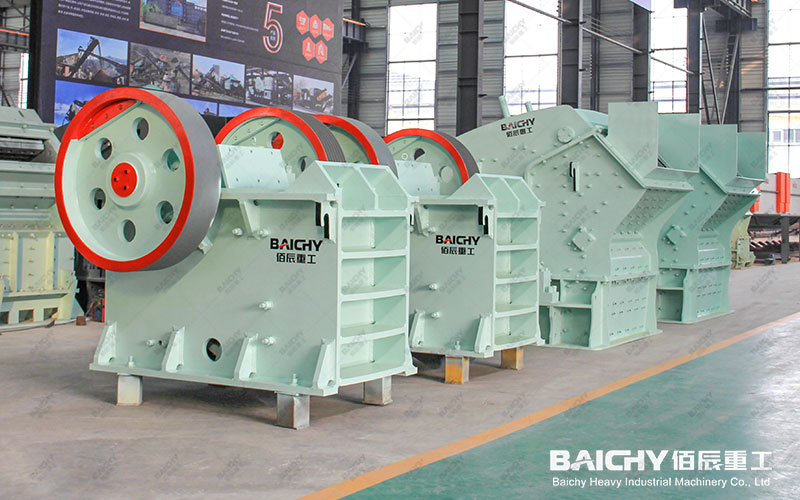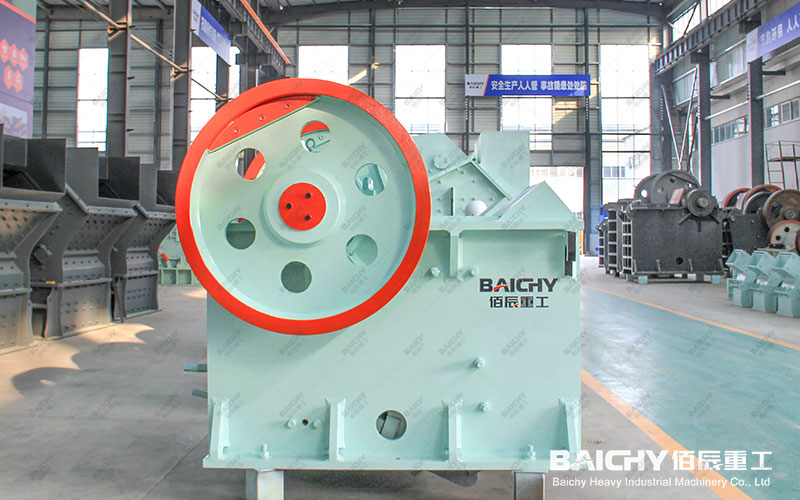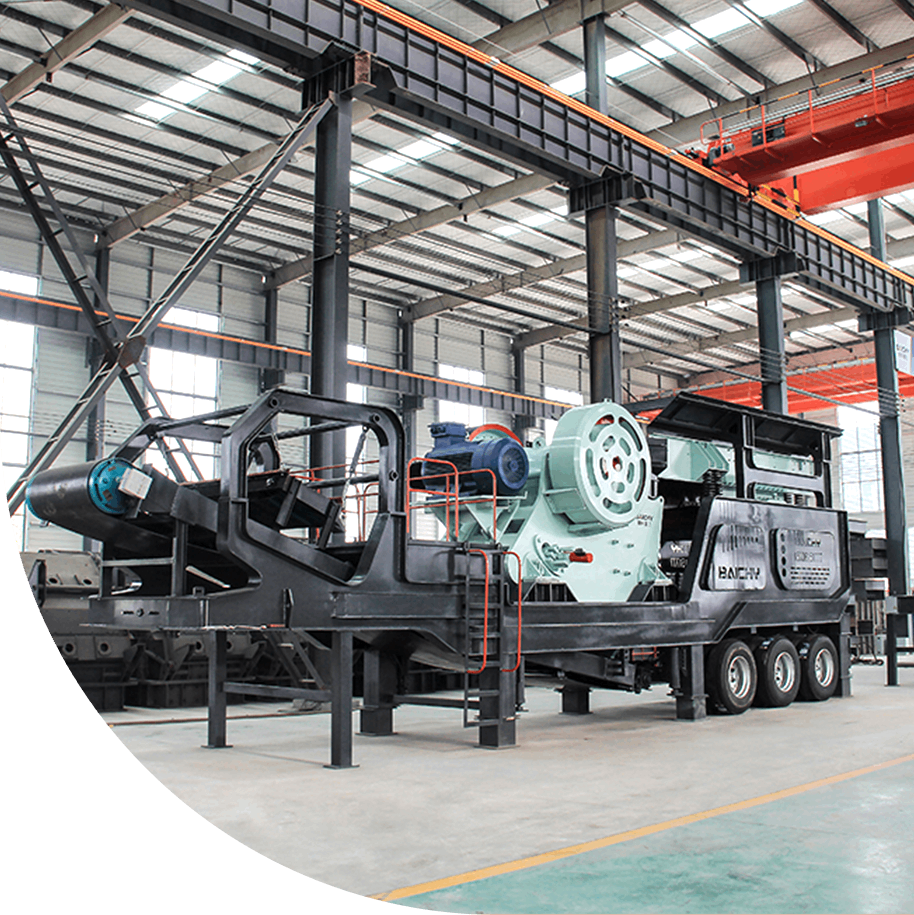I. Operation and Run
Q1: What are the most important parameters to consider when operating a vertical roller mill?
A: To ensure stable and efficient operation of a vertical roller mill, six key factors must be considered: mill material bed thickness, grinding pressure, equipment vibration, outlet gas temperature, system air volume balance, and (for raw material mills) coordinated utilization of kiln hot air. These parameters are interrelated and require comprehensive control.
Q2: What causes excessive mill vibration? How can it be adjusted?
A: Excessive vibration is a common problem. The main causes include:
• Unstable material bed: Too thin or too thick can cause vibration. Adjust the grinding pressure and feed rate to ensure a stable material bed of appropriate thickness.
• Improper grinding pressure: Too high or too low pressure can destabilize the material bed and cause vibration. It must be precisely set according to the material characteristics and feed rate.
• Improper system air volume: Excessive air volume can thin the material bed, while too low air volume can hinder material removal, both of which exacerbate vibration. Adjust the fan opening to the optimal value.
• Equipment Wear: Excessive wear of the grinding rollers and grinding discs can also lead to increased vibration, requiring regular inspection and replacement of worn parts.
Q3: What is the controlled temperature range for the gas leaving the mill? What are the effects of excessively high or low temperatures?
A: Each mill has its own optimal operating temperature range, but temperatures that are too low or exceed 130°C should generally be avoided.
• Excessively low temperatures: Poor material flowability and inability to discharge qualified product in a timely manner, resulting in reduced production and increased energy consumption.
• Excessively high temperatures (>130°C) can damage the equipment, such as causing the classifier to jam, grinding roller lubrication to fail, and dust collector bags to burn out.
II. Performance and Advantages
Q4: What are the main advantages of a vertical roller mill (VRM) compared to a traditional ball mill?
A: The main advantages of a VRM are:
• Energy efficiency: High grinding efficiency, typically 30%-50% lower energy consumption than a ball mill.
• Small footprint: The compact structure can significantly reduce factory space.
• Environmentally friendly and low-carbon: Low operating noise and low dust emissions.
• Strong drying capacity: Kiln exhaust gas can be fully utilized to directly dry the material, streamlining the process.
Q5: How can I improve the output and grinding efficiency of a vertical roller mill?
A: The key to improving efficiency lies in optimizing the comprehensive matching of the six parameters mentioned above. The key is to find the optimal balance between grinding pressure, air volume, and temperature while ensuring a stable material layer. Blindly increasing grinding pressure or air volume will lead to increased vibration and accelerated wear, resulting in less than optimal results.
III. Equipment and Services
Q6: What models of vertical roller mills does Baichy Heavy Industry offer?
A: Baichy Heavy Industry offers a wide range of vertical mill models, covering production needs from small, medium, to large scale. The specific model you choose depends on your material characteristics (such as hardness, moisture content, and particle size) and your target production capacity. Our engineers will recommend the most cost-effective solution.
Q7: Does Baichy Heavy Industry provide installation, commissioning, and operator training?
A: Yes. We provide one-stop services, from project planning and equipment installation and commissioning to operator training. Our experts ensure optimal equipment operation and train your team in proper operation and maintenance techniques.
Q8: What is the service life of wear parts such as grinding rollers and grinding discs?
A: The life of wear parts depends on the abrasiveness of the material being ground and the accumulated operating time. When using conventional materials (such as cement raw materials/clinker), our wear parts are typically designed to last thousands of hours. We also offer high-performance wear-resistant material options to handle more demanding conditions.
If you have more specific questions, please feel free to contact Baichy Heavy Industry's technical team for expert answers.


